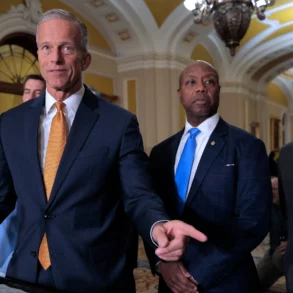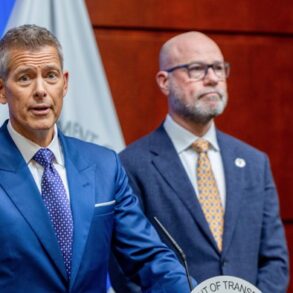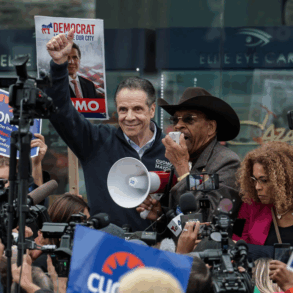The Asia-Pacific region is heating up as China and the United States trade sharp words over security, sovereignty, and stability. At the recent Shangri-La Dialogue in Singapore, U.S. Defense Secretary Pete Hegseth called China a “real and potentially imminent” threat to the Indo-Pacific, urging allies like Australia to boost defense spending. China fired back, accusing the U.S. of ignoring regional calls for peace and stoking tensions with a “Cold War mentality.”
China’s Strong Response
China’s foreign ministry slammed Hegseth’s remarks as “deplorable” and “defamatory,” arguing that the U.S. is the real problem. They pointed to U.S. actions like deploying offensive weapons, such as Typhon missile launchers, to the Philippines’ Luzon island, capable of targeting China and Russia. “The United States has turned the region into a powder keg,” the ministry stated, claiming America is sowing discord for its own gain.
China’s defense ministry echoed this, with spokesperson Zhang Xiaogang saying the U.S. uses forums like the Shangri-La Dialogue to “stoke disputes” and push “selfish interests.” He vowed that China’s military would work with regional partners to resist “hegemonism” harming the Asia-Pacific.
South China Sea: A Growing Flashpoint
At the heart of the dispute is the South China Sea, where China claims nearly all the waters, overlapping with zones claimed by Brunei, Indonesia, Malaysia, the Philippines, and Vietnam. Tensions are rising as Chinese and Philippine coast guards clash over islands and atolls. A 2016 international ruling rejected China’s broad claims, but Beijing dismisses the decision.
China’s delegation at the forum blamed “external intervention” for instability, pointing to U.S., Australian, Japanese, and Philippine joint naval operations and U.S. “freedom of navigation” missions with warplanes and ships. Senior Colonel Zhang Chi of the PLA National Defence University called these moves an attack on China’s sovereignty and maritime rights. Yet, China insists it has shown “goodwill and restraint” through talks.
Taiwan: A Dangerous Divide
The U.S. and China also clashed over Taiwan. Hegseth warned that any Chinese attempt to take the self-governed island by force would bring “devastating consequences.” China, which claims Taiwan as its own and has vowed to “reunify” with it, told the U.S. not to “play with fire.” Taiwan’s government, however, insists only its people can decide their future.
Regional Reactions
Australia’s Prime Minister Anthony Albanese responded to U.S. calls for more defense spending, noting his government has already committed an extra A$10 billion ($6 billion) to defense. “We’ll determine our own defense policy,” he said firmly. Meanwhile, India’s top general recently claimed a tactical shift gave them an edge in a brief conflict with Pakistan this month, ending in a ceasefire after three days.
A Region on Edge
As the U.S. strengthens ties with allies like the Philippines and conducts joint operations, China accuses it of destabilizing the Asia-Pacific. With disputed waters, rising military presence, and the Taiwan question looming, the region faces an uncertain future. Will dialogue prevail, or is the “powder keg” ready to ignite? Only time will tell.








